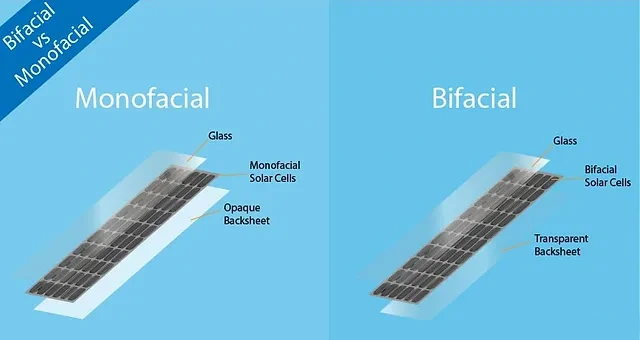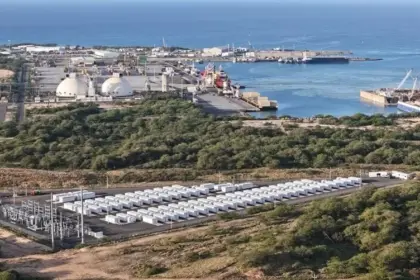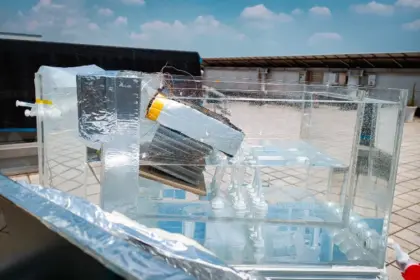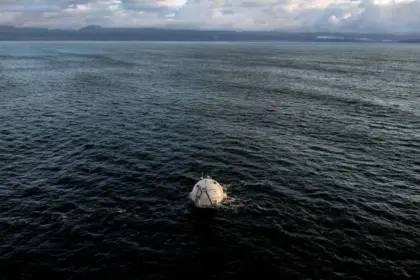Imagine a farm where the fields are alive with not just crops but also with energy from the sun, captured by panels that harness sunlight from all directions. This isn’t a scene from a sci-fi movie; it’s the reality of agrivoltaics, a blend of agriculture and solar power technology. In some parts of the world, farmers are already exploring how they can grow food and generate clean energy simultaneously. But there’s a new twist in this tale: bifacial solar panels.
Understanding Bifacial Solar Panels
To grasp the magic of bifacial solar panels, picture a regular solar panel. Traditionally, these panels absorb sunlight on one side – the side facing the sun. But bifacial solar panels have a superpower: they can capture light from both sides. Think of them like a two-faced sun catcher, grabbing diffused sunlight or even light reflected off the ground.
Now, you might wonder, “Aren’t these fancy panels more expensive?” Yes, they are, but they’re like buying a ticket to a double-feature movie – you get more for what you pay for. And as the technology develops, the prices are slowly coming down.

Why Agrivoltaics Needs Bifacial Panels
Agrivoltaics is at a crossroads. This industry is all about getting the best of both worlds – growing crops and producing energy on the same land. But here’s the catch: space is a premium. Traditional solar panels can be a bit of a space hog, and that’s where bifacial panels come in. They’re like the multitasking heroes of solar panels, squeezing out more energy from the same space.
In places like Massachusetts and Chile, agrivoltaics is taking baby steps. Farmers are experimenting with solar panels on their lands, but they’re cautious – it’s a new dance, and they’re still learning the steps. The introduction of bifacial panels could be the game-changer, providing a more efficient way to generate electricity without taking up more precious farmland.
Water Conservation: An Added Bonus
Here’s another cool thing: these panels aren’t just about generating electricity. They can also help conserve water – a precious resource for any farmer. By shading the ground, they reduce water evaporation, and the cooler microclimate under the panels can be just what some crops need to thrive.

Economic Viability: The Big Question
So, are bifacial panels a jackpot for agrivoltaics? Well, it’s complicated. The cost of setting up these panels is still a puzzle piece that needs to fit. Traditionally, the cost-effectiveness of energy projects is measured by something called the levelized cost of energy (LCOE). But when it comes to agrivoltaics, it’s not just about the dollars and cents of energy production. It’s also about the value these panels bring to the land, the crops, and even the local bee population.
In Chile, researchers are thinking outside the box. They’re looking at agrivoltaics not just as an energy solution but as a way to protect crops, save water, and support local industries like beekeeping and organic farming. It’s a holistic approach, considering the bigger picture beyond just the cost of energy.
The Road Ahead for Agrivoltaics
The journey of agrivoltaics with bifacial solar panels is just beginning. It’s an exciting path, lined with the promise of innovation, sustainability, and a harmonious blend of technology and nature. As this industry continues to grow and evolve, the dream of farms buzzing with energy and life is becoming a vibrant reality, painting a picture of a sustainable, energy-efficient future for farming.















